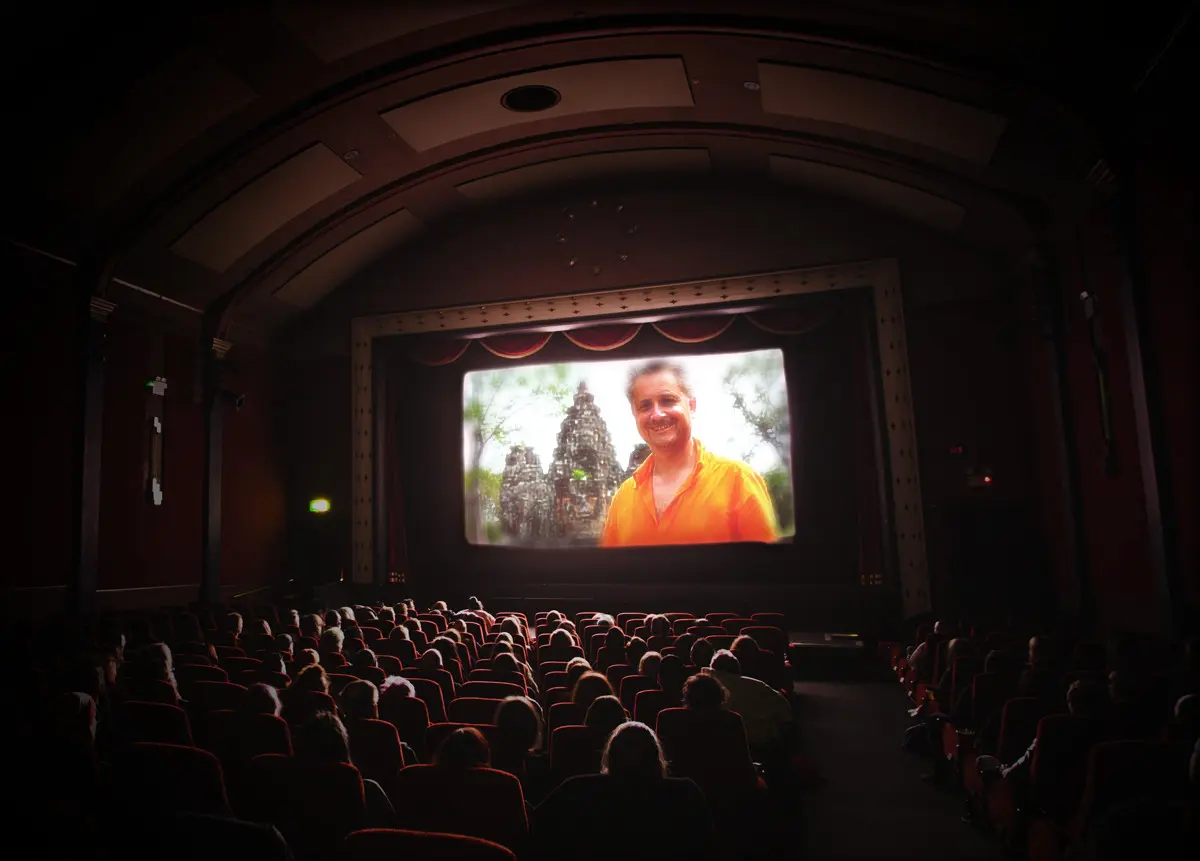How do you take care of your photographed memory? Entering the new millennium I had a digital awakening. I bought my first DV-tape camcorder in 2001 and was even able to snap my first digital pictures with it. I bought my first digital camera the following year. But that was only part of my digital dream.
Going digital on new media
In the course of the following ten years, I moved from an analog status in the capturing of still and moving pictures, to the fully digital world of HD video and SLR camera.
Here’s a video combining photos and video from that vacation in 2002. All still and moving imagery was shot with my first DV-tape camera.
I can conclude: The future looks bright
Of course there are the occasional clouds: There are constant questions coming up about moving content from my cameras to my computer. I often question the technical quality of my cameras, and how to produce lossless reproductions of my media. And not least, there’s a strengthened concern about the quality of the photographer, the person behind the camera.
Converting old media to a digital platform
Let me draw your attention to one more aspect of my dream. My digital dream was not only about the future. I had thousands of analog pictures and days of video content stuck on obsolete technological platforms. They were practically shouting out loud for attention, eager to get digitised.
Further reading
I am discussing the tremendous task of creating a digital collection of media in a series of articles.
- THIS INTRODUCTION: Taking care of your photographed memory
- NEXT CHAPTER: Video photography: My journey through the history of camcorders
- Making old video available on a digital platform
- Working on digital video files
- The making of a digital photo collection
- The art of geotagging pictures
- Building a media archive of pictures and video clips
- Storing your media archive and keeping it safe
- Making YouTube videos from photos and video clips


